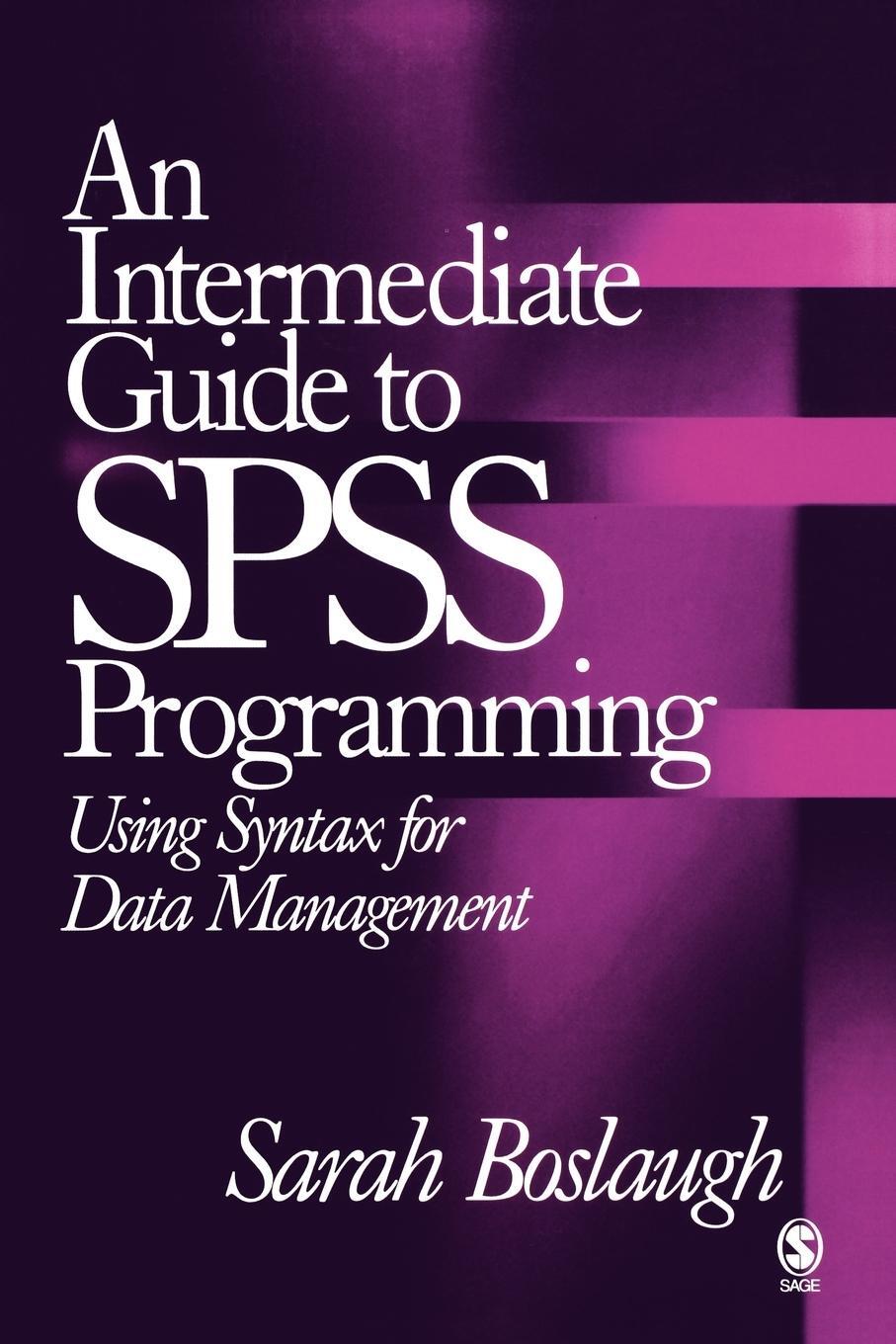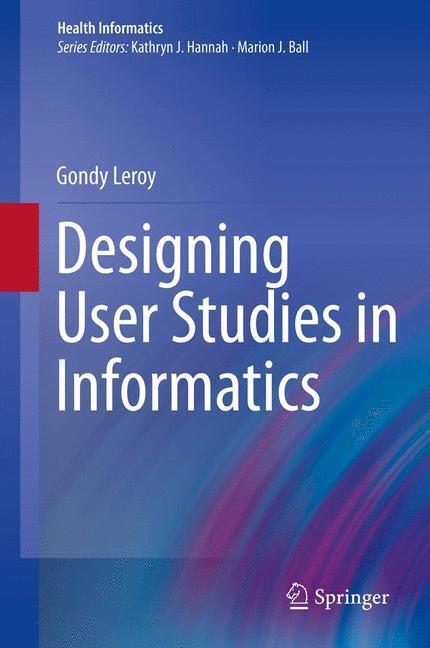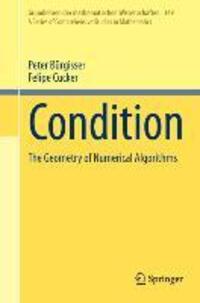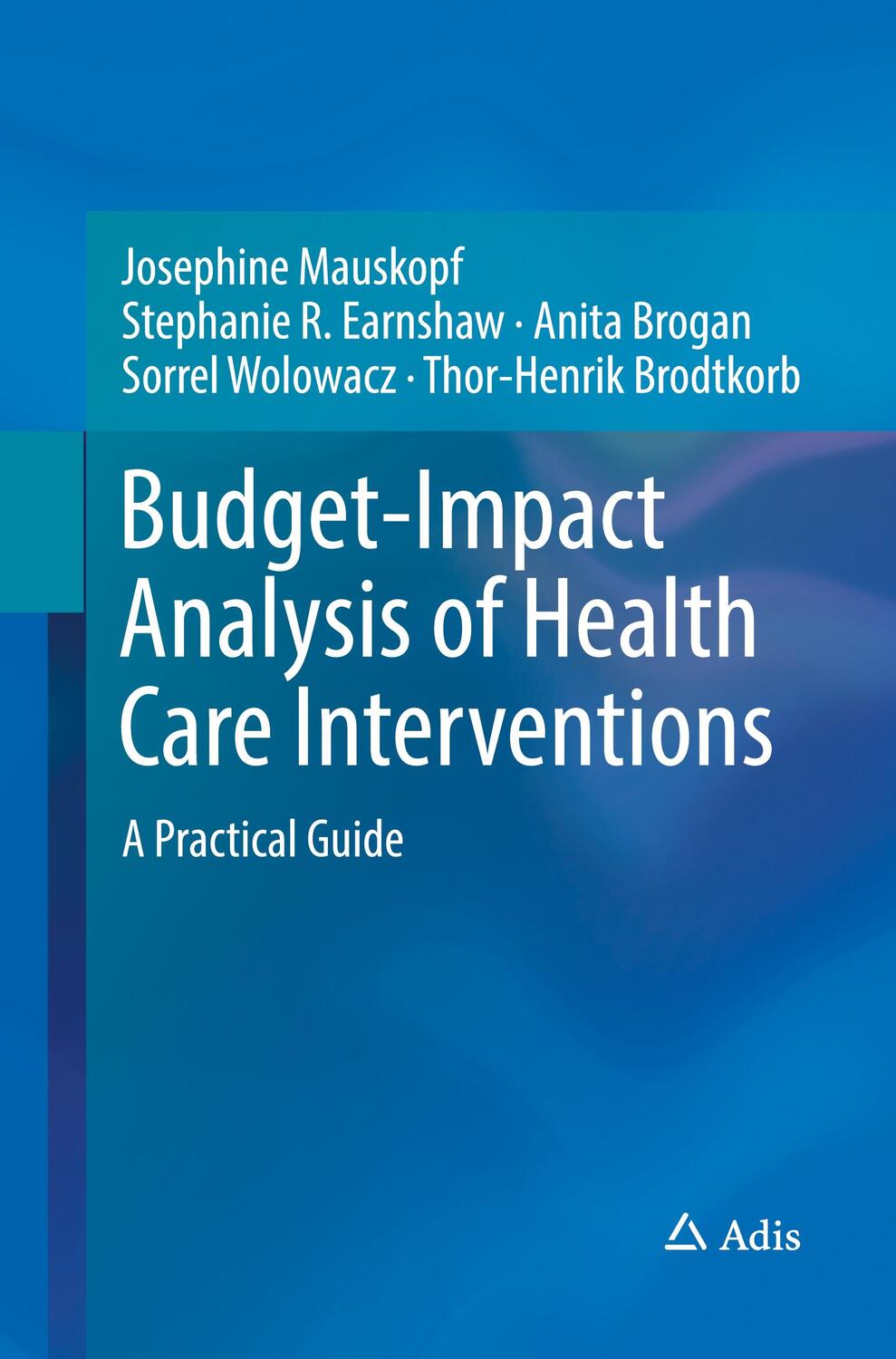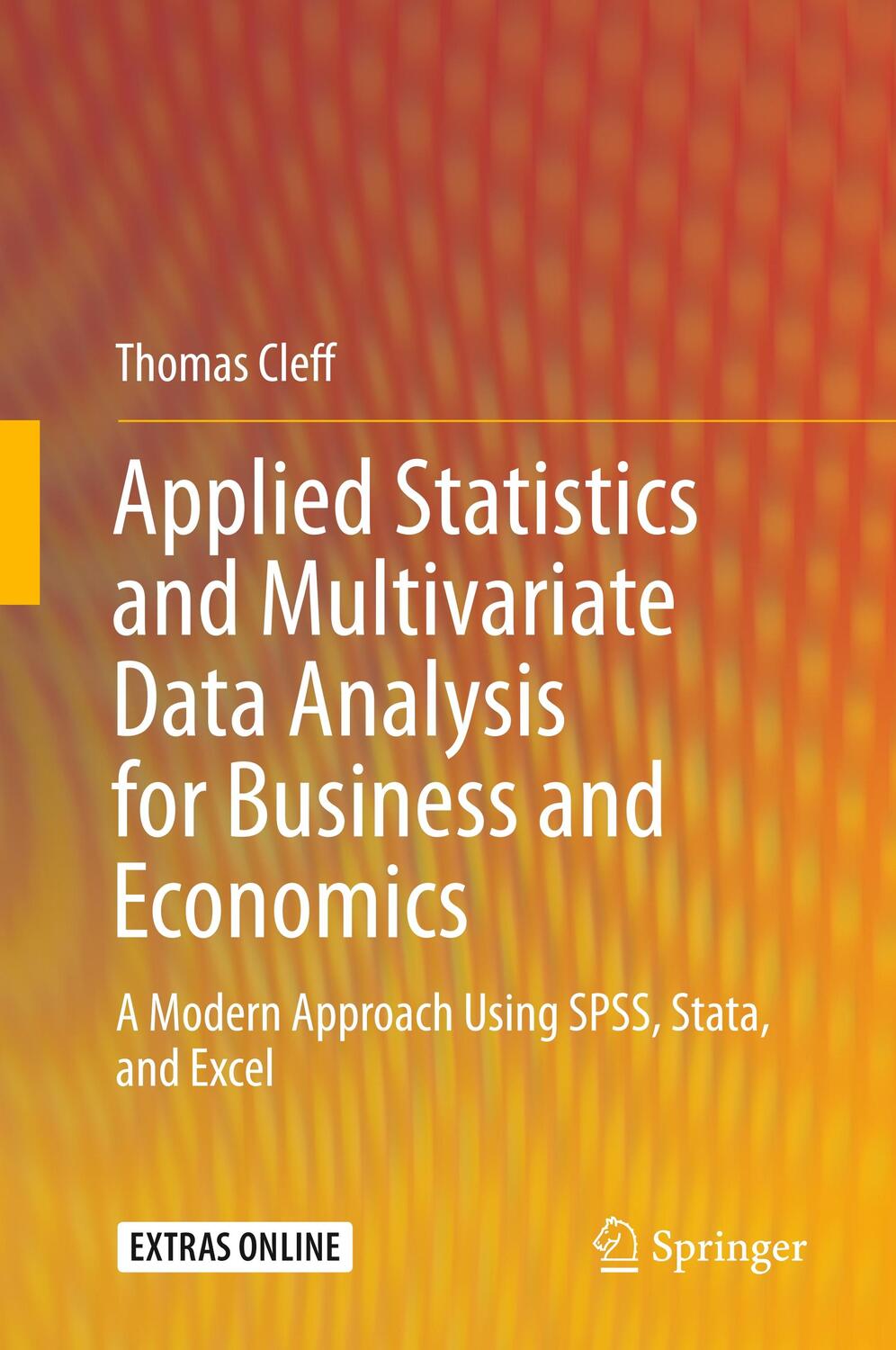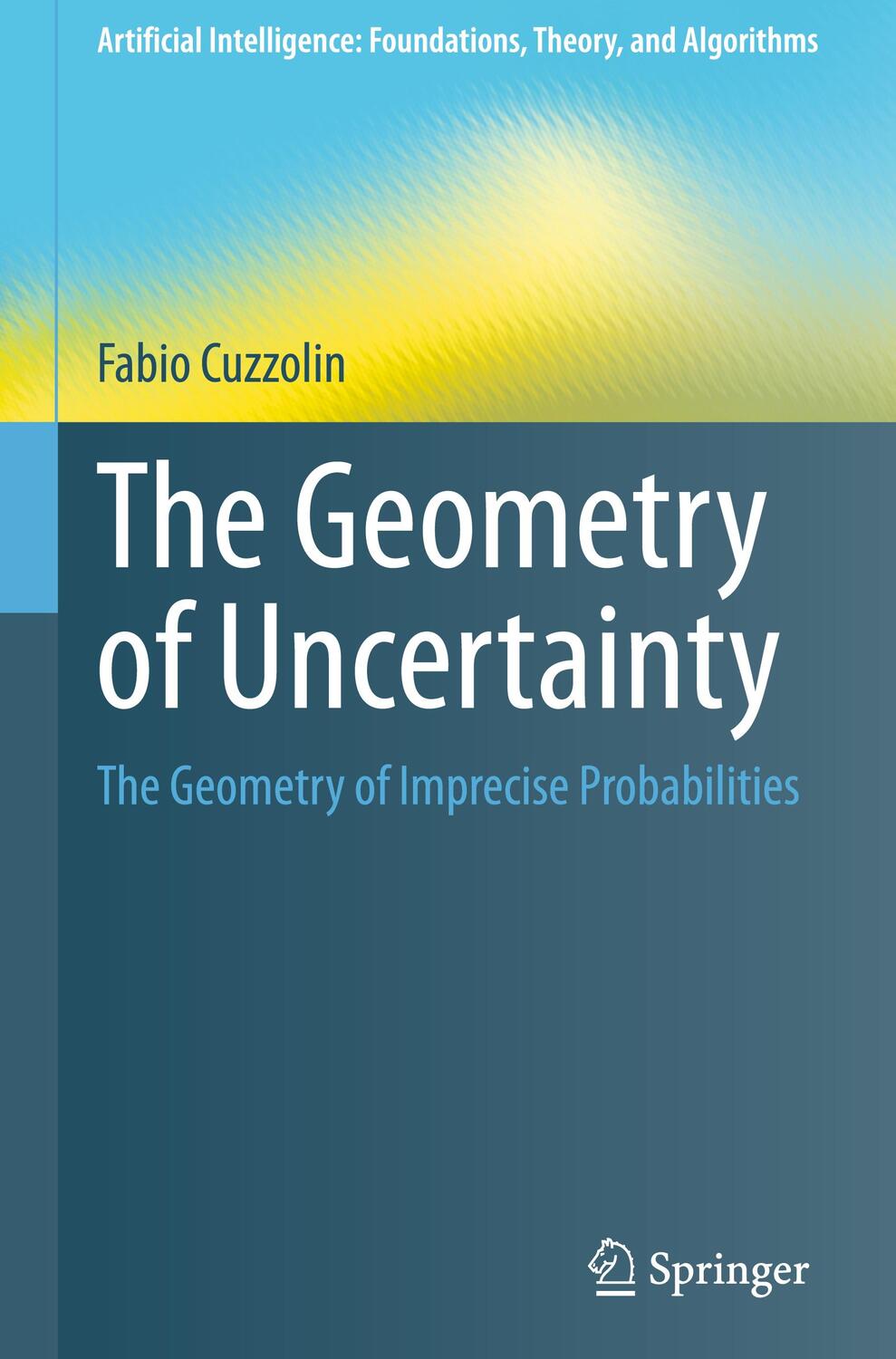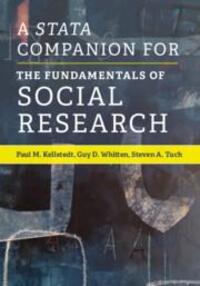Dekorationsartikel gehören nicht zum Leistungsumfang.
Sprache:
Englisch
181,89 €*
Versandkostenfrei per Post / DHL
Aktuell nicht verfügbar
Kategorien:
Beschreibung
Sentiment analysis deals with extracting information about opinions, sentiments, and even emotions conveyed by writers towards topics of interest. Medical sentiment analysis refers to the identification and analysis of sentiments or emotions expressed in free-textual documents with a scope on healthcare and medicine. This fascinating problem offers numerous application areas in the domain of medicine, but also research challenges. The book provides a comprehensive introduction to the topic. The primary purpose is to provide the necessary background on medical sentiment analysis, ranging from a description of the notions of medical sentiment to use cases that have been considered already and application areas of relevance. Medical sentiment analysis uses natural language processing (NLP), text analysis and machine learning to realise the process of extracting and classifying statements regarding expressed opinion and sentiment. The book offers a comprehensive overview on existingmethods of sentiment analysis applied to healthcare resources or health-related documents. It concludes with open research avenues providing researchers indications which topics still have to be developed in more depth.
Sentiment analysis deals with extracting information about opinions, sentiments, and even emotions conveyed by writers towards topics of interest. Medical sentiment analysis refers to the identification and analysis of sentiments or emotions expressed in free-textual documents with a scope on healthcare and medicine. This fascinating problem offers numerous application areas in the domain of medicine, but also research challenges. The book provides a comprehensive introduction to the topic. The primary purpose is to provide the necessary background on medical sentiment analysis, ranging from a description of the notions of medical sentiment to use cases that have been considered already and application areas of relevance. Medical sentiment analysis uses natural language processing (NLP), text analysis and machine learning to realise the process of extracting and classifying statements regarding expressed opinion and sentiment. The book offers a comprehensive overview on existingmethods of sentiment analysis applied to healthcare resources or health-related documents. It concludes with open research avenues providing researchers indications which topics still have to be developed in more depth.
Über den Autor
Dr. Kerstin Denecke is an expert in the field of medical informatics. She works as a professor and researcher at the Bern University of Applied Sciences, Switzerland. Her major research interests include artificial intelligence and (clinical) natural language processing in general and more specifically, information extraction, sentiment analysis and conversational agents. Her work concentrates on use cases in the healthcare domain. She completed a doctoral degree at the Technical University of Braunschweig, Germany. She is leading several projects in the field of natural language processing and artificial intelligence and co-chairs the working group on participatory health informatics and social media or the International Medical Informatics Association.
Zusammenfassung
The book allows readers to dive into the research topic of medical sentiment analysis
No such comprehensive overview on this topic is yet available
Strength, weaknesses, opportunities and threats of medical sentiment analysis are described
Inhaltsverzeichnis
Contents .- Part I Landscape of medical sentiment.- 1 What is special about medical sentiment analysis?.- 1.1 Overview.- 1.2 Opinion definition.- 1.3 Definition of medical sentiment.- 2 Use cases of medical sentiment analysis.- 2.1 Sentiment analysis in mental health.- 2.2 Outcome and quality assessment of healthcare services and technologies.- 2.2.1 Analysis of patient questionnaires.- 2.2.2 Clinical outcome analysis.- 2.2.3 Social media as mirror of service quality.- 2.3 Sentiment analysis for clinical risk prediction.- 2.4 Sentiment analysis for public health.- 2.5 Sentiment analysis for pharmacovigilance.- 2.6 Sentiment and emotion analysis in health-related conversational agents.- Part II Resources and challenges.- 3 Medical social media and its characteristics.- 3.1 Characteristics of medical social media data.- 3.2 Twitter.- 3.3 User reviews.- 3.4 Forums.- 4 Clinical narratives and their characteristics.- 4.1 Linguistic characteristics of clinical narratives.- 4.2 Clinicalnarratives.- .ix x Contents.- 5 Other data sources.- 5.1 User statements from interaction with intelligent agents.- 5.2 Other sources.- 6 Datasets for medical sentiment analysis.- 6.1 The burden of available datasets.- 6.2 MIMIC databases.- 6.3 i2B2 dataset.- 6.4 TREC dataset.- 6.5 eDiseases dataset.- .6.6 Multimodal Sentiment Analysis Challenge (MuSe).- 6.7 General domain datasets.- 7 Lexical resources for medical sentiment analysis.- 7.1 LIWC.- 7.2 SentiWordNet and its derivations.- 7.3 AFINN.- 7.4 EmoLex.- 7.5 WordNet Affect.- 7.6 WordNet for Medical Events.- 7.7 Other sentiment lexicons.- 7.8 Ontologies and biomedical vocabularies.- .Part III Solutions.- 8 Levels and tasks of sentiment analysis.- 8.1 Level of analysis.- 8.1.1 Document-level sentiment analysis.- 8.1.2 Sentence-level sentiment analysis..- 8.1.3 Aspect-level sentiment analysis..- 8.2 Tasks within medical sentiment analysis..- 8.2.1 Subjectivity analysis..- 8.2.2 Polarity analysis..- 8.2.3 Intensity classification. .- 8.2.4 Emotion recognition..- 9 Document pre-processing.- 9.1 Overview.- 9.2 Data collection and preparation.- 9.3 Text normalisation. .- 9.4 Feature extraction. .- 9.4.1 Bag of words.- 9.4.2 Distributed representation.- 9.5 Feature selection. . .- 9.6 Topic detection..- Contents xi .- Lexicon-based medical sentiment analysis..- 1 Overview on lexicon-based approaches..- 2 Approaches to lexicon generation.- achine learning-based sentiment analysis approaches.- .1 Unsupervised learning approaches . .- .1.1 Partition methods.- 1.2 Hierarchical clustering methods..- 1.2 Supervised approaches .- .2.1 Linear approaches .- .2.2 Probabilistic approaches. .- 2.3 Rule-based classifier.- .2.4 Decision tree classifier. .- .3 Semi-supervised approaches. . .- .4 Deep learning approaches .- .4.1 Deep neural networks (DNN).- .4.2 Convolutional neural networks (CNN).- .4.3 Long short-term memory (LSTM)..- 11.5 Hybrid approaches.- 11.6 Concluding remarks.- 12 Sentiment analysis tools.- 12.1 Sentiment: Sentiment Analysis Tool..- 12.2 TextBlob.- 12.3 Pattern for Python..- 12.4 Valence Aware Dictionary and Sentiment Reasoner (VADER).- 12.5 TensiStrength.- 12.6 LIWC83.- 12.7 Other tools.- 13 Case studies.- 13.1 Learning about suicidal ideation.- 13.1.1 The problem.- 13.1.2 Solution overview.- 13.1.3 Methods and procedures.- 13.2 Predicting the psychiatric readmission risk.- 13.2.1 The problem.- 13.2.2 Solution overview.- 13.2.3 Methods and procedures.- .13.3 Generating a corpus for clinical sentiment analysis.- 13.3.1 The problem.- 13.3.2 Solution overview.- 13.3.3 Methods and procedures. .- 13.4 Conversational agent with emotion recognition.- 13.4.1 The problem.- xii Contents.- 13.4.2 Solution overview.- 13.4.3 Methods and procedures. .- 13.5 Surveillance of public opinions in times of pandemics .- 13.5.1 The problem.- 13.5.2 Solution overview.- 13.5.3 Methods and procedures. .- 13.6 Providing quality information about hospitals.- 13.6.1 The problem.- 13.6.2 Solution overview.- 13.6.3 Methods and procedures. .- Part IV Future.- 14 Medical sentiment analysis - Quo vadis?.- 14.1 SWOT strategy..- 14.2 Strengths.- 14.3 Weaknesses..- 14.4 Opportunities.- 14.5 Threats101 15 Open challenges related to language. .- 15.1 Specific language phenomena hampering sentiment analysis. . .- 15.1.1 Negations .- 15.1.2 Valence shifters .- 15.1.3 Paraphrasing, sarcasm and irony..- 15.1.4 Comparative sentences. .- 15.1.5 Coordination structures.- 15.1.6 Word ambiguity..- 15.2 Evolution of language.- 16 Responsible sentiment analysis in healthcare..- 16.1 Ethical principles applied to medical sentiment analysis.- 16.2 Respect for autonomy.- 16.3 Beneficience and non-maleficience .- 16.4 Justice.- 16.5 Explicability and trust.- 16.6 Concluding remarks.- 17 Explainable sentiment analysis..- 17.1 Definition and need for XAI. . .- 17.2 Explainable AI methods.- 17.3 Applications of XAI to medical sentiment analysis.- Contents xiii 18 The future of medical sentiment analysis.- 18.1 Current research gaps in medical sentiment analysis.- 18.2 Towards domain-specific resources: Lexicons and datasets..- 18.3 Addressing domain-specific challenges and increasing accuracy. .- 18.4 Towards understandable and ethical sentiment analysis..- 18.5 Demonstrate the benefit for patient care..- 18.6 Concluding remarks.- References.- Glossary..- Index.
Details
| Erscheinungsjahr: | 2023 |
|---|---|
| Fachbereich: | Allgemeine Lexika |
| Genre: | Medizin |
| Rubrik: | Wissenschaften |
| Medium: | Buch |
| Seiten: | 168 |
| Inhalt: |
xv
151 S. 2 s/w Illustr. 14 farbige Illustr. 151 p. 16 illus. 14 illus. in color. |
| ISBN-13: | 9783031301865 |
| ISBN-10: | 3031301862 |
| Sprache: | Englisch |
| Ausstattung / Beilage: | HC runder Rücken kaschiert |
| Einband: | Gebunden |
| Autor: | Denecke, Kerstin |
| Auflage: | 2023 |
| Hersteller: | Springer International Publishing |
| Maße: | 241 x 160 x 15 mm |
| Von/Mit: | Kerstin Denecke |
| Erscheinungsdatum: | 25.05.2023 |
| Gewicht: | 0,424 kg |
Über den Autor
Dr. Kerstin Denecke is an expert in the field of medical informatics. She works as a professor and researcher at the Bern University of Applied Sciences, Switzerland. Her major research interests include artificial intelligence and (clinical) natural language processing in general and more specifically, information extraction, sentiment analysis and conversational agents. Her work concentrates on use cases in the healthcare domain. She completed a doctoral degree at the Technical University of Braunschweig, Germany. She is leading several projects in the field of natural language processing and artificial intelligence and co-chairs the working group on participatory health informatics and social media or the International Medical Informatics Association.
Zusammenfassung
The book allows readers to dive into the research topic of medical sentiment analysis
No such comprehensive overview on this topic is yet available
Strength, weaknesses, opportunities and threats of medical sentiment analysis are described
Inhaltsverzeichnis
Contents .- Part I Landscape of medical sentiment.- 1 What is special about medical sentiment analysis?.- 1.1 Overview.- 1.2 Opinion definition.- 1.3 Definition of medical sentiment.- 2 Use cases of medical sentiment analysis.- 2.1 Sentiment analysis in mental health.- 2.2 Outcome and quality assessment of healthcare services and technologies.- 2.2.1 Analysis of patient questionnaires.- 2.2.2 Clinical outcome analysis.- 2.2.3 Social media as mirror of service quality.- 2.3 Sentiment analysis for clinical risk prediction.- 2.4 Sentiment analysis for public health.- 2.5 Sentiment analysis for pharmacovigilance.- 2.6 Sentiment and emotion analysis in health-related conversational agents.- Part II Resources and challenges.- 3 Medical social media and its characteristics.- 3.1 Characteristics of medical social media data.- 3.2 Twitter.- 3.3 User reviews.- 3.4 Forums.- 4 Clinical narratives and their characteristics.- 4.1 Linguistic characteristics of clinical narratives.- 4.2 Clinicalnarratives.- .ix x Contents.- 5 Other data sources.- 5.1 User statements from interaction with intelligent agents.- 5.2 Other sources.- 6 Datasets for medical sentiment analysis.- 6.1 The burden of available datasets.- 6.2 MIMIC databases.- 6.3 i2B2 dataset.- 6.4 TREC dataset.- 6.5 eDiseases dataset.- .6.6 Multimodal Sentiment Analysis Challenge (MuSe).- 6.7 General domain datasets.- 7 Lexical resources for medical sentiment analysis.- 7.1 LIWC.- 7.2 SentiWordNet and its derivations.- 7.3 AFINN.- 7.4 EmoLex.- 7.5 WordNet Affect.- 7.6 WordNet for Medical Events.- 7.7 Other sentiment lexicons.- 7.8 Ontologies and biomedical vocabularies.- .Part III Solutions.- 8 Levels and tasks of sentiment analysis.- 8.1 Level of analysis.- 8.1.1 Document-level sentiment analysis.- 8.1.2 Sentence-level sentiment analysis..- 8.1.3 Aspect-level sentiment analysis..- 8.2 Tasks within medical sentiment analysis..- 8.2.1 Subjectivity analysis..- 8.2.2 Polarity analysis..- 8.2.3 Intensity classification. .- 8.2.4 Emotion recognition..- 9 Document pre-processing.- 9.1 Overview.- 9.2 Data collection and preparation.- 9.3 Text normalisation. .- 9.4 Feature extraction. .- 9.4.1 Bag of words.- 9.4.2 Distributed representation.- 9.5 Feature selection. . .- 9.6 Topic detection..- Contents xi .- Lexicon-based medical sentiment analysis..- 1 Overview on lexicon-based approaches..- 2 Approaches to lexicon generation.- achine learning-based sentiment analysis approaches.- .1 Unsupervised learning approaches . .- .1.1 Partition methods.- 1.2 Hierarchical clustering methods..- 1.2 Supervised approaches .- .2.1 Linear approaches .- .2.2 Probabilistic approaches. .- 2.3 Rule-based classifier.- .2.4 Decision tree classifier. .- .3 Semi-supervised approaches. . .- .4 Deep learning approaches .- .4.1 Deep neural networks (DNN).- .4.2 Convolutional neural networks (CNN).- .4.3 Long short-term memory (LSTM)..- 11.5 Hybrid approaches.- 11.6 Concluding remarks.- 12 Sentiment analysis tools.- 12.1 Sentiment: Sentiment Analysis Tool..- 12.2 TextBlob.- 12.3 Pattern for Python..- 12.4 Valence Aware Dictionary and Sentiment Reasoner (VADER).- 12.5 TensiStrength.- 12.6 LIWC83.- 12.7 Other tools.- 13 Case studies.- 13.1 Learning about suicidal ideation.- 13.1.1 The problem.- 13.1.2 Solution overview.- 13.1.3 Methods and procedures.- 13.2 Predicting the psychiatric readmission risk.- 13.2.1 The problem.- 13.2.2 Solution overview.- 13.2.3 Methods and procedures.- .13.3 Generating a corpus for clinical sentiment analysis.- 13.3.1 The problem.- 13.3.2 Solution overview.- 13.3.3 Methods and procedures. .- 13.4 Conversational agent with emotion recognition.- 13.4.1 The problem.- xii Contents.- 13.4.2 Solution overview.- 13.4.3 Methods and procedures. .- 13.5 Surveillance of public opinions in times of pandemics .- 13.5.1 The problem.- 13.5.2 Solution overview.- 13.5.3 Methods and procedures. .- 13.6 Providing quality information about hospitals.- 13.6.1 The problem.- 13.6.2 Solution overview.- 13.6.3 Methods and procedures. .- Part IV Future.- 14 Medical sentiment analysis - Quo vadis?.- 14.1 SWOT strategy..- 14.2 Strengths.- 14.3 Weaknesses..- 14.4 Opportunities.- 14.5 Threats101 15 Open challenges related to language. .- 15.1 Specific language phenomena hampering sentiment analysis. . .- 15.1.1 Negations .- 15.1.2 Valence shifters .- 15.1.3 Paraphrasing, sarcasm and irony..- 15.1.4 Comparative sentences. .- 15.1.5 Coordination structures.- 15.1.6 Word ambiguity..- 15.2 Evolution of language.- 16 Responsible sentiment analysis in healthcare..- 16.1 Ethical principles applied to medical sentiment analysis.- 16.2 Respect for autonomy.- 16.3 Beneficience and non-maleficience .- 16.4 Justice.- 16.5 Explicability and trust.- 16.6 Concluding remarks.- 17 Explainable sentiment analysis..- 17.1 Definition and need for XAI. . .- 17.2 Explainable AI methods.- 17.3 Applications of XAI to medical sentiment analysis.- Contents xiii 18 The future of medical sentiment analysis.- 18.1 Current research gaps in medical sentiment analysis.- 18.2 Towards domain-specific resources: Lexicons and datasets..- 18.3 Addressing domain-specific challenges and increasing accuracy. .- 18.4 Towards understandable and ethical sentiment analysis..- 18.5 Demonstrate the benefit for patient care..- 18.6 Concluding remarks.- References.- Glossary..- Index.
Details
| Erscheinungsjahr: | 2023 |
|---|---|
| Fachbereich: | Allgemeine Lexika |
| Genre: | Medizin |
| Rubrik: | Wissenschaften |
| Medium: | Buch |
| Seiten: | 168 |
| Inhalt: |
xv
151 S. 2 s/w Illustr. 14 farbige Illustr. 151 p. 16 illus. 14 illus. in color. |
| ISBN-13: | 9783031301865 |
| ISBN-10: | 3031301862 |
| Sprache: | Englisch |
| Ausstattung / Beilage: | HC runder Rücken kaschiert |
| Einband: | Gebunden |
| Autor: | Denecke, Kerstin |
| Auflage: | 2023 |
| Hersteller: | Springer International Publishing |
| Maße: | 241 x 160 x 15 mm |
| Von/Mit: | Kerstin Denecke |
| Erscheinungsdatum: | 25.05.2023 |
| Gewicht: | 0,424 kg |
Warnhinweis


